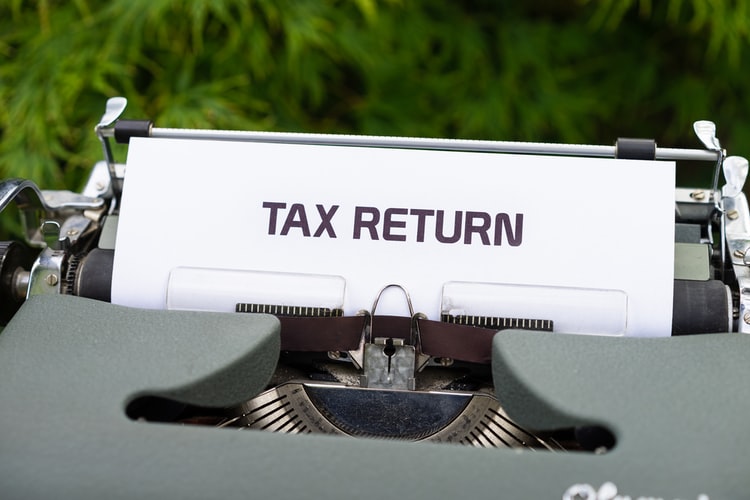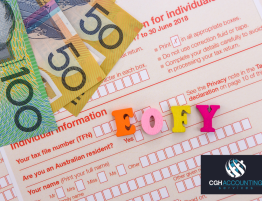
Here are two words everyone loves to hear: tax cuts. Paying less tax (and having more of your hard-earned money stay in your pocket) is always a reason to celebrate, and the low and middle income earner tax offsets will help you do just that.
All you need to do to qualify is to earn under a certain income threshold and you’ll be entitled to this benefit, which will immediately increase the amount of tax refund you receive.
When was this tax cut first implemented?
This offset was created by the Australian government a few years ago and has recently been extended to apply to the year ended 30 June 2021.
Who’s eligible for this tax cut?
There are actually two tax cuts on offer here: a low income offset, and also a low and middle income offset. Some people in the low income brackets will be eligible for both, and the amount of offset depends on how much you earn. Anyone receiving JobKeeper is also covered by this scheme.
But it’s important to note that the low income tax offset and the low and middle income tax offsets can only reduce the tax you pay to $0, which means any offset amount that remains once your tax payable is zero doesn’t get refunded to you.
For the low income tax offset:
| If your taxable income is: | You’ll get: |
| $37,500 or less | The full offset of $700 |
| Between $37,501 and $45,000 | $700 minus 5 cents for every $1 above $37,500 |
| Between $45,001 and $66,667 | $325 minus 1.5 cents for every $1 above $45,000 |
For the low and middle income tax offset:
| If your taxable income is: | You’ll get: |
| $37,000 or less | $255 |
| From $37,001 to $48,000 | $255 plus 7.5 cents for every dollar above $37,000, up to a maximum of $1,080 |
| From $48,001 to $90,000 | $1,080 |
| From $90,001 to $126,000 | $1,080 minus 3 cents for every dollar of the amount above $90,000 |
So what does this look like in real life?
Good question! Here are a couple of sample scenarios to help you understand how it works:
Case study 1:
Pietra is a teaching assistant who earns $17,500 a year. She didn’t pay any tax because her income is under the tax-free threshold. Her income is also less than the $37,000 mark, so she’s eligible to a low and middle income tax offset amount of $255. She is also eligible to a low income tax offset amount of $700.
Pietra is eligible for the two offsets – but as she did not pay any tax, her tax payable can’t be reduced any lower than $0. The low and middle income tax offset and low income tax offset are non-refundable tax offsets so the unused offset can’t be refunded. Her tax payable remains at $0 and she does not receive a tax refund.
Case study 2:
Bill is a marketing manager with a taxable income of $42,000, which means he’s eligible for both the low income tax offset AND the low and middle income tax offset.
His income exceeds $37,000 but isn’t over $45,000, so he’s eligible for a low income tax offset amount of $700 minus 5 cents for every dollar his income is above $37,000:
$42,000 − $37,000 = $5,000
$5,000 × $0.05 = $250
$700 − $250 = $450
As Bill’s income is between $37,000 and $48,000, he’s also eligible for a low and middle income tax offset amount of $255 plus 7.5 cents for every dollar his income is above $37,000:
$42,000 − $37,000 = $5,000
$0.075 × $5,000 = $375
$255 + $375 = $630
Bill’s tax payable can be reduced by up to $1,080 ($450 + $630 = $1,080) using both the low income tax offset and low and middle income tax offset.
So how do I get this extra tax refund?
It’s easy! Just lodge a tax return with CGH Accounting







